By:
- Heather Buschman
Published Date
By:
- Heather Buschman
Share This:
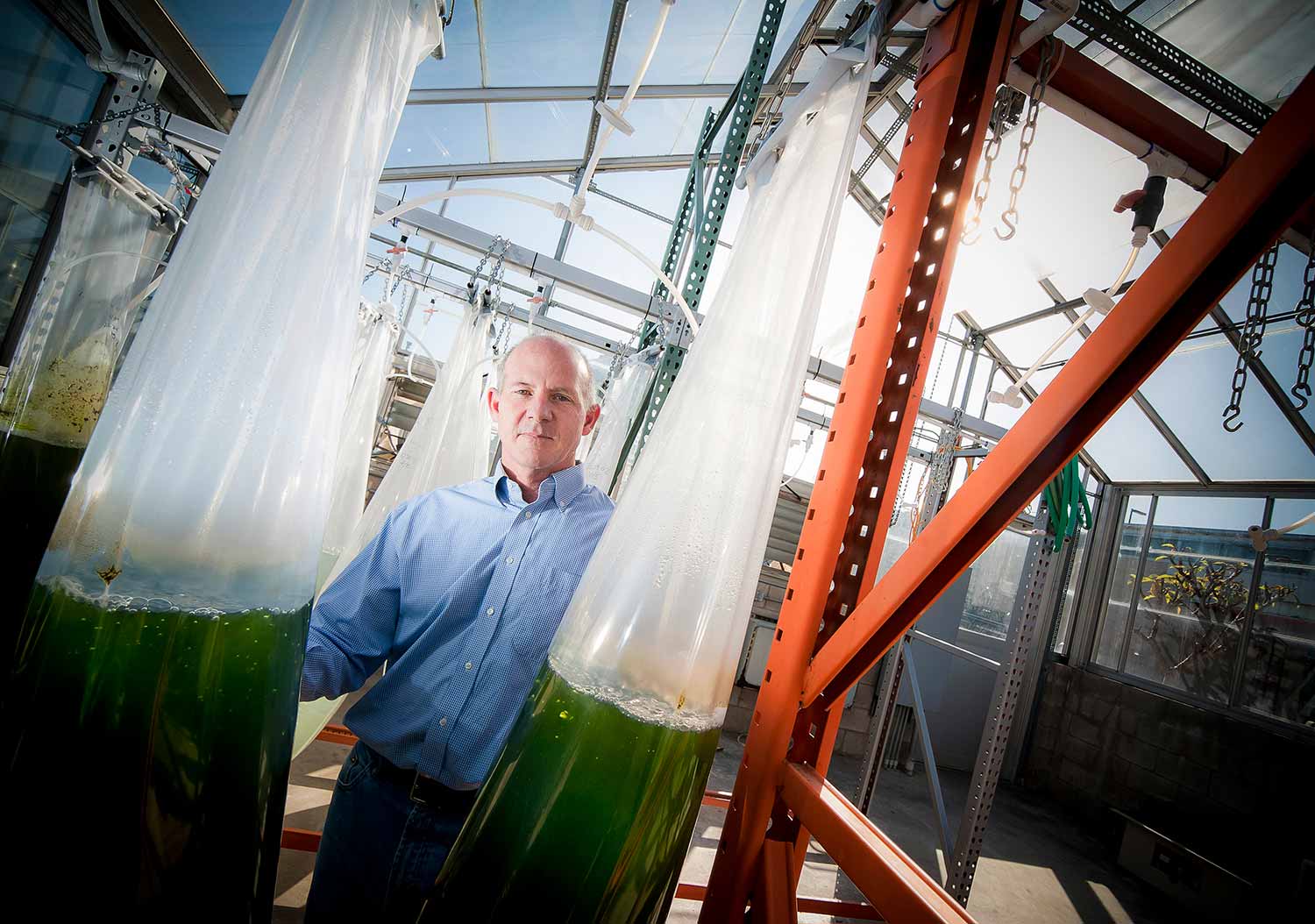
Photo by Erik Jepsen/UC San Diego Publications
UC San Diego’s Big Ideas for 2016 — and Beyond
The new year is a time to take stock of past accomplishments, and UC San Diego has no shortage of those. We once again surpassed $1 billion in research funding in 2014-15, an extraordinary accomplishment that places us among the top five research universities in the nation. And we put that research funding to good use — in 2015, Washington Monthly once again ranked UC San Diego as the No. 1 university in the nation for its positive impact.
These recognitions are a credit to our faculty, students and staff across every school, department and office. We are a university that loves to disrupt norms and push the boundaries of research and education, for the benefit of society, human health and the environment.
The new year is also a time to look forward to what we want to accomplish next. Here, 14 visionaries from around the UC San Diego campus share their “big ideas” for revolutionizing our local community and our planet — in 2016 and beyond.
Make taking medications as easy as autopaying bills
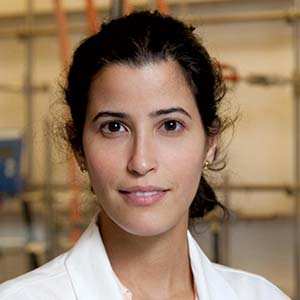
Adah Almutairi, associate professor in the Skaggs School of Pharmacy and Pharmaceutical Sciences and director of the Center for Excellence in Nanomedicine
What’s the biggest challenge in health care today? “Patient adherence to taking medication,” says Almutairi. People usually don’t remember or want to take a pill every day, and that’s a big hurdle to researchers like Almutairi, who want to make new medications. “I want to challenge San Diego researchers and clinicians to help me find ways we can remove the patient from the equation — by creating smart systems that deliver the right doses at the right time. Let’s have patients come in just once a year to get their drugs administered, then they can forget about it. Taking medications should be like paying bills — it used to be time intensive, but now we set up autopay and forget about it.”
Make our cities more data-driven
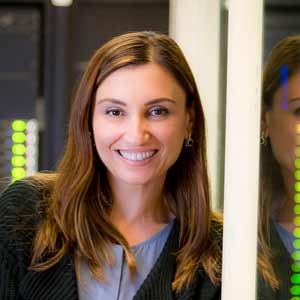
Ilkay Altintas, chief data science officer, San Diego Supercomputer Center
Altintas and her collaborators are building cyberinfrastructure for real-time, data-driven assessment, simulation, prediction and visualization of wildfire behavior, as part of a project called WIFIRE. But, Altintas says, San Diego generates huge volumes of data from many sources — traffic sensors, satellites, camera networks and more. What if we could integrate and synthesize these data streams to do even more for our community? “We should be working toward making San Diego the prototype digital city, not only for life-threatening hazards, but for making our daily lives better, such as managing traffic flow more efficiently or maximizing energy savings,” says Altintas. “What better city in which to start?”
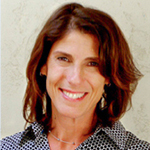
Match every first-generation college student with a mentor
Amy Binder, professor of sociology in the Division of Social Sciences
Binder’s most recent work explores the ways that college cultures influence students, from their political behavior to career choices. She calls on universities to do more for students who are the first in their families to attend a four-year institution and face challenges that those with college-educated parents do not. “To help first-generation students, all universities – public and private – should assign each one a mentor on campus, someone who will meet with them several times a year and stick with them for their entire time as undergraduates,” Binder says. If there are not enough faculty members to go around, mentors should also be drawn from the ranks of graduate students, administrators and staff. “A dedicated mentor would go a long way to helping students navigate college and genuinely connect to their campuses,” she says, assisting not only the students but those they’ll help down the line.
Move the campus to the “Frontiers of Innovation” – and Beyond
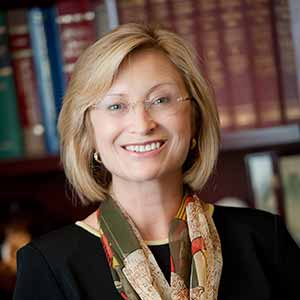
Sandra A. Brown, vice chancellor for research, professor of psychology and psychiatry
“We are making significant investments in scholarship and science that will keep the university at the forefront of socially beneficial research,” says Brown.
“We believe in thoughtful cultivation of promising people and innovative projects that will strengthen the university’s record of problem-solving research. That approach is exemplified by the campus-wide ‘Frontiers of Innovation’ program, which is already supporting graduate, undergraduate and underrepresented students as they pursue vital interdisciplinary research projects.”
Make San Diego a major voice on socially responsible science
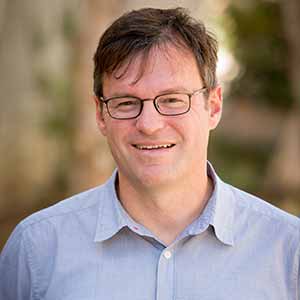
Craig Callender, chair and professor, Department of Philosophy, Division of Arts and Humanities
“Ethics, most broadly understood, concerns what we ought to do. The right action depends on what we know and can do. That keeps changing,” says Callender. “UC San Diego is no stranger to work closing the science-ethics gap. It’s in our DNA. From Roger Revelle, one of our founders, who discovered climate change and tried to do something about it; to our first chancellor, Herb York, who helped develop the atomic bomb in the Manhattan Project — perhaps the most ethically loaded research ever — but devoted much of his subsequent life to nuclear deterrence; San Diego is an ideal place where scientists, historians, stem cell researchers, geneticists, ethicists, social scientists and others can meet and solve emerging problems together.” To this end, Callender is working to develop the Institute for Practical Ethics, where great research creates good science, guides state and national policy and legislation and informs with social impact.
3D-print patient-compatible organs and tissues for transplants
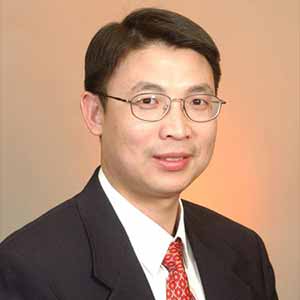
Shaochen Chen, professor in the Jacobs School of Engineering and co-director of the Biomaterials and Tissue Engineering Center
Hundreds of thousands of people around the world are in need of organ transplants. Unfortunately, organs for transplants are in short supply and even when they are available, there are risks of transplant rejection due to significant molecular and biological differences between the donor and the patient. 3D bioprinting is an ideal technology to create patient-specific tissues or organs, especially when human induced pluripotent stem cells from the same patient are used for tissue growth. “If we could encourage more interdisciplinary collaboration among bioengineers, materials scientists, biologists, and clinical doctors to focus on 3D printing patient-specific functional tissues and organs, we could help more people get the lifesaving organ transplants they need before it’s too late,” says Chen.
Offer intentional instruction in network literacy
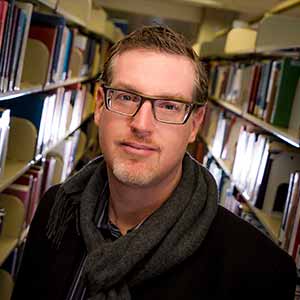
Alan J. Daly, professor and chair of education studies in the Division of Social Sciences
Networks exist in almost all aspects of life, from transportation to ecology and even our brains. Now we also have digital social networks that surround us. You may have checked one or more today; you may even be reading this thanks to Facebook or Twitter. Daly studies how individuals in these networks connect, virtually and “in real life,” and how those connections may inhibit or support access to resources such as knowledge, friendship and expertise. “We live in a hyper-connected world, yet we do not systematically and explicitly teach social network literacy skills. Learning this important language is often left to chance or assumed to be self-evident,” he says. “To help people succeed in this new social networked space, we need intentional and mindful instruction in social network literacy at all levels. Doing so may help level the playing field and increase access to consequential resources.”
Replace petroleum-based plastics with biodegradable plastics made from algae
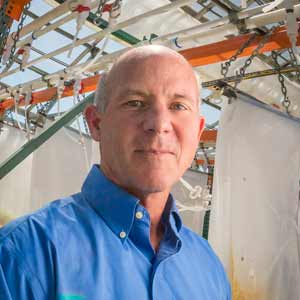
Stephen Mayfield, professor of biology, director of the California Center for Algae Biotechnology
“Algae are the most important photosynthetic organisms on Earth,” Mayfield says. “They capture more solar energy and produce more oxygen than the sum of the rest of the plants on our planet.” Mayfield’s lab has been developing strains of algae that can produce sustainable transportation fuels capable of replacing fossil fuels in the future. Earlier this year, in partnership with Oceanside-based Arctic Foam, the largest surfboard blank manufacturer in North America, the researchers developed the world’s first sustainable algae-based surfboard using oil from algae. “But let’s not stop there,” he says. “Let’s replace all of our petroleum-based plastics with sustainable biodegradable plastics made from algae. Surfboards are just the start!”
Strengthen UC San Diego’s innovation ecosystem, person by person
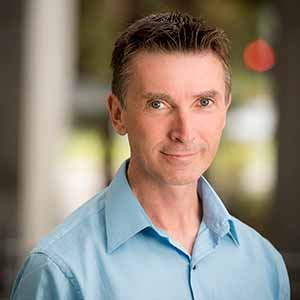
Paul Roben, associate vice chancellor for innovation and commercialization, Office of Research Affairs
Implementing a key part of the university’s Strategic Plan, Roben intends to drive innovation across all areas of campus, and to speed university innovations to markets in California, the nation and the world. “I have worked in academia, in companies, and for a government, so I have seen innovation at work from all angles,” Roben says. “This has shown me that innovation is, at its heart, all about people. Fundamentally, my job is to provide as many opportunities as possible for people from these different backgrounds to come together with their diverse ideas, to create the solutions of the future. My office can then help to provide them with the education, tools and resources necessary so they can make their ideas become reality.”
Donate excess solar energy to our own neighbors in need
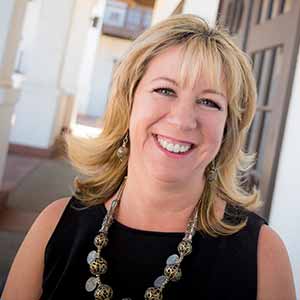
Steffanie Strathdee, associate dean of Global Health Sciences, professor and director of the Global Health Institute
Like many people around the country and especially in Southern California, Strathdee has energy-generating solar panels on her house. “But because it’s so sunny here, we, like many other San Diego families, create more energy than we can personally use,” she says. “Instead of having that excess energy absorbed back into the grid, why don’t we create a way to donate that energy to a local family in need? And if we also gave people tax breaks for their solar donations, we’d be incentivizing solar and helping our neighbors — that’s a two-for-one that’s good for both planetary health and San Diego’s needy families.”
Give more students the opportunity to have a global health experience in Tijuana
Steffanie Strathdee, associate dean of Global Health Sciences, professor and director of the Global Health Institute
Strathdee and her colleagues helped found the first, binational student-run free clinic in Tijuana’s Zona Norte. The clinic, run by students from the UC San Diego School of Medicine and the Universidad Autonoma de Baja California in Tijuana, receive course credit for the time they spend providing free care to some of the poorest communities in Tijuana. “This is the first binational clinic of its kind, and it runs entirely on volunteer time,” Strathdee says. “But it could be expanded to offer students hands-on opportunities in public health, linguistics, dentistry, legal support and social work, you name it. They can have a global health experience and be home by dinner.”
Make a New Year’s activity EVOLUTION instead of a New Year’s fitness resolution
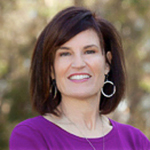
Robyn Stuhr, program director of the Sports Medicine Program in the Department of Orthopaedic Surgery
“Skip the ‘flash in the pan’ gym membership, and let’s implement a sustainable community approach,” Stuhr says. “Even the simplest physical activity can improve our health and energy.” She recommends that businesses adopt building standards and programs that promote wellness, helping employees experience a healthier workplace environment. San Diego should also implement urban design plans, Stuhr says, that make neighborhoods safer and more walkable and bike-able. Individuals and families can follow one simple goal: sit less and move more. “Exercise IS truly medicine!” she says. And just like with medicine, people respond differently to different doses and types. However, the research is clear that reducing sedentary behavior over the course of the day has a unique health benefit. “Let’s all take advantage of San Diego’s beautiful climate to get outdoors and participate in the activity of our choice, all year long.”
Develop microtechnologies to personalize treatment regimens
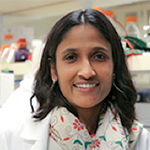
Shyni Varghese, associate professor in the Jacobs School of Engineering and director of the Bio-Inspired Materials and Stem Cell Engineering Laboratory
Drug responses vary significantly from patient to patient. Therefore, developing a therapeutic regimen tailored for each patient is critically important. “Today we can personalize everything from computers and phones to Facebook profiles, so why not medicine?” asks Varghese. “Let’s engineer patient-specific, three-dimensional ‘organs-on-a-chip’ from patients’ own stem cells. We can use these patient-specific test beds to identify the best combination of drugs and dosages to maximize therapeutic efficacy in each individual. Such next-generation technologies will revolutionize the standard of patient care and push the boundaries of medicine.”
Build robots that provide surgeons with super-human capabilities
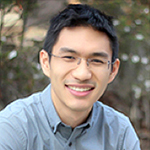
Michael Yip, assistant professor in the Jacobs School of Engineering and director of the Advanced Robotics and Controls Lab
The practice of surgery has only ever been as good as the skills of the surgeon. Even the best surgeons are limited by what their own hands are able to achieve and can still make mistakes. But technology in this age is giving rise to robotics systems that are equipped with more capabilities and can perform various tasks with more precision than humans could ever achieve. "We routinely see popular media portray superheroes like Iron Man using robotics as a means of delivering massive power and destruction, and yet the reality is that robotics has the ability to improve the precision and delicate touch of surgeons beyond what their own hands can do alone," says Yip. "I invite San Diego researchers and industry to work with me to develop new robot-assistive devices and systems that will provide surgeons with super-human abilities -- to navigate the body remotely and access anatomies they could not previously reach, to have augmented reality ‘X-ray vision’ to visualize subsurface lesions, and to perform surgeries with robotically enhanced, micromillimeter precision."
Help China eliminate one day of heavy air pollution per year
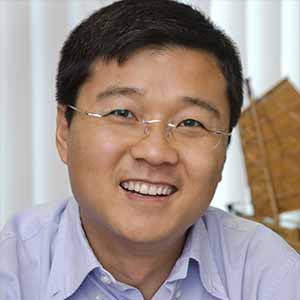
Junjie Zhang, associate professor of environmental economics at the School of Global Policy and Strategy and scholar for the 21st Century China Program
Want to improve the world’s health and save a couple million dollars? The answer lies in facemasks. “When pollution rises in China’s urban areas, so does the sale of facemasks. Increasing air pollution by just one level causes mask sales to grow as much as 70 percent,” Zhang says. That’s a lot of masks… and a lot of money. His research shows that if a mere 10 percent of heavy pollution days — about one day in a year — were eliminated altogether, the people of China would save approximately $187 million. “Saving money is one thing, but reducing exposure to air pollution is more than just good for our wallets. It’s good for our own health, our children’s health and the health of our entire planet.”
Share This:
Stay in the Know
Keep up with all the latest from UC San Diego. Subscribe to the newsletter today.



